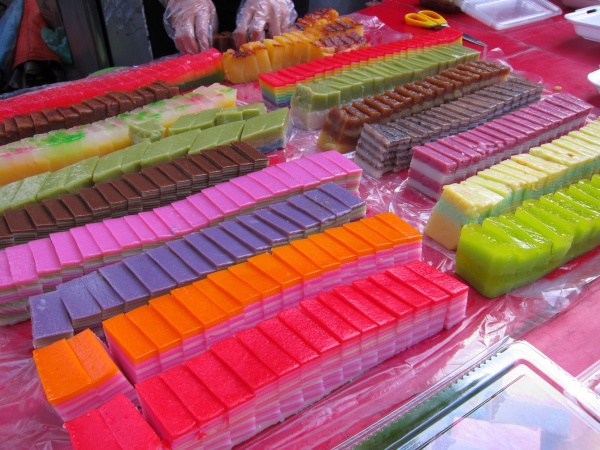Facts About Kuih
Kuih are delightful snacks or desserts commonly found throughout Southeast Asia. These delicious treats come in various forms, including cakes, cookies, dumplings, and pastries. In Malaysia, Brunei, and Singapore, they are known as "kuih" while in Indonesia, they might be referred to as "kueh" or "kue."
Made from ingredients like rice, glutinous rice, coconut, and palm sugar, kuih are often associated with traditional celebrations such as Hari Raya and Chinese New Year, where they play a festive role.
You can enjoy kuih at any time of the day, whether you’re craving something sweet or savory. The recipes are often family heirlooms, passed down through generations, sometimes without precise measurements, which adds to their charm.
The magic of kuih lies in their flavors and textures. They frequently utilize rice flour, glutinous rice flour, and tapioca as a base, with coconut, pandan leaves, and palm sugar providing their distinctive taste. Depending on the recipe, kuih can be steamed, boiled, baked, deep-fried, or grilled, resulting in an incredible variety of shapes, colors, and textures.
There are countless types of kuih, each with its own unique name, ingredients, and cooking methods. Some popular examples include apam balik, bahulu, cucur, curry puff, kuih lapis, onde onde, and pulut panggang. These treats often reflect the rich cultural heritage and culinary traditions of the communities that prepare them.

 Thailand
Thailand